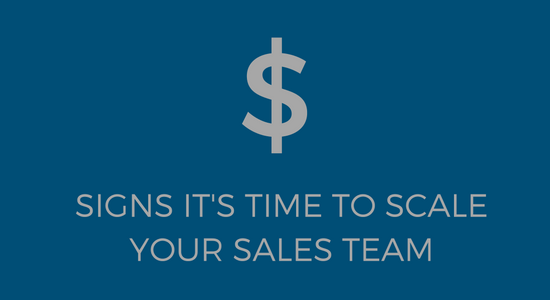
"There are three stages to the life of a company: the jungle (where you are hacking away to find a path), the dirt road (where the path is established but still bumpy), and the highway (where the path is smooth and it's all about achieving maximum speed in a well-defined direction)." - Jeff Busgang, General Partner at Flybridge Capital Partners
There are two fatal (or near-fatal) mistakes a startup can make when transitioning through these stages. The first mistake is beginning to scale your sales team before you have reached the Highway. Hiring a sales force before you have the proper infrastructure in place “leads the company to burn through cash and fail to meet revenue expectations.”
The second mistake, which can be just as costly, is not aggressively scaling your sales team once you have reached the Highway. Why is not being aggressive such a big mistake? The startup space, especially for SaaS companies, is typically a winner-takes-all game. According to David Skok, General Partner at Matrix Partners, “you need to grab as much market share as you possibly can before a competitor enters your space” because “there’s a clear tipping point when you’re suddenly recognized as the market leader.”
So how do you know if you’re ready to add gas to the fire and start aggressively scaling your sales team?
The first milestone that signals your company is ready to scale is achieving product/market fit. What is product/market fit? Michael Seibel, Partner at Y Combinator, would describe it as handing a hose to someone who’s hair is on fire. Marc Andreessen, of Andreessen Horowitz, defines product/market fit as “the only thing that matters.”
The second milestone is building a sales machine that’s ready to scale and understanding every cog that makes it move. It’s crucial to analyze the conversion rates and blockage points at every step in your sales process so you can answer questions such as:
- Do you have enough leads in your pipeline for each additional rep to meet quota?
- Is your cash efficiency greater than 5%?
- What’s your three-year return on investment for each additional rep?
